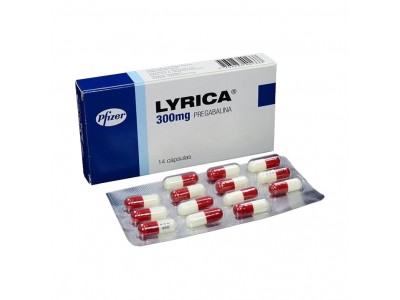The typical tapering process for Lyrica (pregabalin) involves gradually reducing the dosage to minimize withdrawal symptoms and potential rebound of the underlying condition being treated. Tapering schedules can vary depending on the individual's specific situation, including the dosage they have been taking, the duration of use, and their overall health status. Generally, a healthcare provider will develop a personalized tapering plan tailored to the patient's needs.
A common approach to tapering Lyrica might involve reducing the dosage by 10-25% every 1-2 weeks. For example, if someone is taking 300 mg per day, the dosage might be reduced to 225 mg per day for one to two weeks, then down to 150 mg per day, and so on. The tapering process can be slower or faster based on the patient's response and any withdrawal symptoms they may experience.
During the tapering period, it is crucial for patients to communicate with their healthcare provider about any side effects or withdrawal symptoms they encounter. Withdrawal symptoms can include anxiety, insomnia, nausea, headache, and increased pain. Adjustments to the tapering schedule may be necessary to ensure the process is as comfortable and safe as possible.
It is important to follow a healthcare provider's guidance closely when tapering off Lyrica, as abruptly stopping the medication can lead to significant withdrawal symptoms and potential exacerbation of the condition being treated. The provider will monitor the patient's progress and make any necessary adjustments to the tapering plan to achieve the best outcome.

